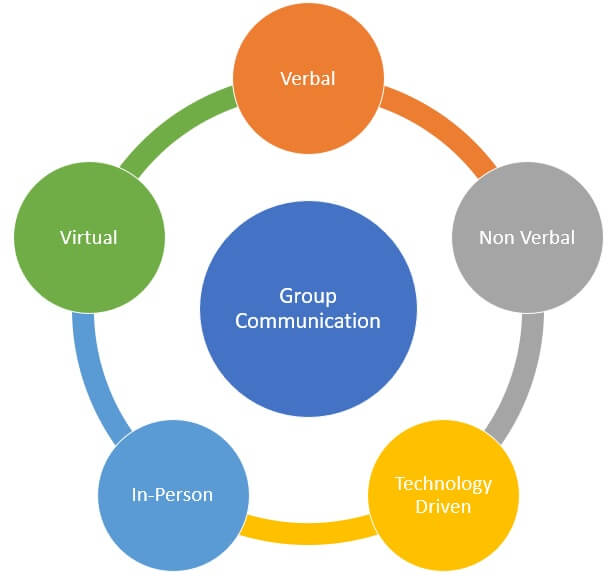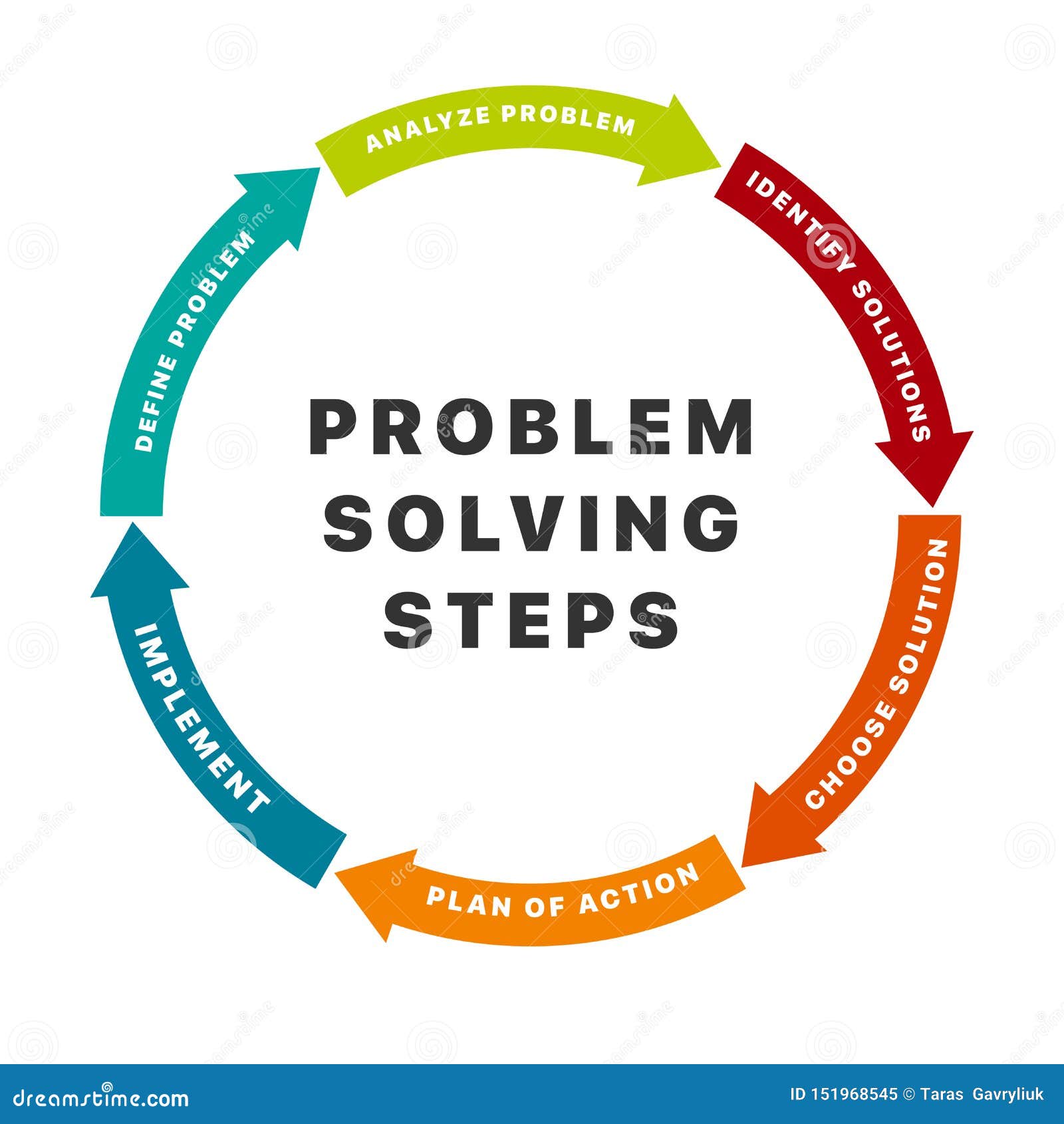Chapter 3,9, and 10 by Leanett Gonzalez
Healthy Communication
By: Leanett Gonzalez
During, this course, we have learned about the different forms of communication.The importance of healthy communication, intercultural communication, communicating in groups, as well as group leadership and problem solving. Each of the three groups were very creative and showed their ideas in different media forms during their presentations.
Chapter 3: Intercultural Communication
Chapter 3 was presented by group 1 and was the first to present as well. Setting the down with their interactive presentation using different forms of media. Chapter 3 dives into the definition of culture and how culture ties its way into communication. The importance of acknowledging culture when analyzing communication styles. How does cultural differences influence communication? Culture, the customs, beliefs, values, and normalities which are shared between a group of people. A culture is all that makes a group of people, art, achievements, music, laws, and knowledge. Group 1 did a wonderful job of leading the presentations and informing the class of Chapter 3. However, when people not of the same cultural group interact it is called intercultural communication. This form of communication can cause confusion, anxiety, and even shock when the cultures are so vastly different. The presentation was lively and had many forms of media such as the one shown below.
 This shock is described as culture shock and can also be experienced when researching on another culture or visiting a foreign country. This shock can even happen moving cities as culture changes geographically.
This shock is described as culture shock and can also be experienced when researching on another culture or visiting a foreign country. This shock can even happen moving cities as culture changes geographically. Even minuscule customs like dining rituals and what is considered appropriate in dining events is all apart of culture and differs between groups of people.
Culture whether shared with a group or personal may evolve and adapt to changes. Some customs that were highly valued as a kid evolve as you mature and form your own opinions. As well, a group of people may change their limits on culturally significant values like how children address elders.
The culture of the majority of a group of people is considered the dominate culture.
In addition, to the dominate culture there is bi-culture, when a person holds value from two different cultures. As well as co-culture, when you are not fully part of only one dominant culture but many. Finally, cultural identity, how a person identifies with ones culture. Factors that contribute to your culture are religion, sex, gender, race, ethnicity, sexual orientation, socioeconomic status, age, and disability.
With all these multitude of factors, it is easy to see why culture is so vastly different for each person. Cultural distinctions such as individuality complexes in contrast to collective complexes play another role. This may need to those with individuality complexes to see those without this as weak or less ambitious. While the collective complex may view the other as selfish and self-centered. Cultures also view the perception of time differently, the meaning of words and their contextual meanings.
All of these factors determine what potential barriers intercultural communication may face. Issues such as anxiety, ethnocentrism, stereotyping, assumptions, incompatible communication codes, and incompatible norms.
However, there is many ways to combats these barriers and form healthy intercultural communication. These ways include open-mindedness, tolerance of ambiguity, being observant, immersion, empathy, and listening.
Chapter 9: Communicating in Groups
Chapter 9 which was presented by group 2, my group discusses group communication and how that influences communication in general. This assignment was very parallel to the chapter we discussed, as the chapter was based on group communication and we had to learn and focus on communicating as a group. Groups communication is any verbal or nonverbal cues between a group of people. Generally, this groups is striving towards a common goal. My groups goal was to dissect group communication, and what makes a good group communication. I really enjoyed the formation of my group and how we as a collective decided how to divide the chapter, which platform to use, and the overall flow of the presentation. I felt very involved and felt heard from my group. I was very involved and even added all the group members to a Google slides doc. However for the idea of using a Google slide doc I cannot be credited for as my group was very evenly active and involved. Which I found to be rare, as in past group projects I felt the group was never evenly interested in the groups goals. Group communication may occur with family, friends, co-workers, professionals, or social groups. This chart shows the multiple forms of groups communication.  Each group of people has a very niche communication style. Family communication styles and dynamics influence personal communication styles and character. However, to form and maintain a healthy group communication the group must have ethical goals, independence, cohesiveness, productive norms, accountability, and synergy. Ethical goals, are realistic reasonable goals every group member has agreed on. These goals must be met ethically without overwhelming one group memento more than others. The group must also have independence, relying on one person burdens that member. Cohesiveness, this may stem form good management or consistent communication and assurance. As well as productive norms that keep everyone working equally hard. If not, the group must have accountability in redirecting and focusing members. Finally, synergy the act of combining resources for the greater good. Groups develop through many stages such as forming, storming, norming, performing, and adjourning.
Each group of people has a very niche communication style. Family communication styles and dynamics influence personal communication styles and character. However, to form and maintain a healthy group communication the group must have ethical goals, independence, cohesiveness, productive norms, accountability, and synergy. Ethical goals, are realistic reasonable goals every group member has agreed on. These goals must be met ethically without overwhelming one group memento more than others. The group must also have independence, relying on one person burdens that member. Cohesiveness, this may stem form good management or consistent communication and assurance. As well as productive norms that keep everyone working equally hard. If not, the group must have accountability in redirecting and focusing members. Finally, synergy the act of combining resources for the greater good. Groups develop through many stages such as forming, storming, norming, performing, and adjourning.
 Each group of people has a very niche communication style. Family communication styles and dynamics influence personal communication styles and character. However, to form and maintain a healthy group communication the group must have ethical goals, independence, cohesiveness, productive norms, accountability, and synergy. Ethical goals, are realistic reasonable goals every group member has agreed on. These goals must be met ethically without overwhelming one group memento more than others. The group must also have independence, relying on one person burdens that member. Cohesiveness, this may stem form good management or consistent communication and assurance. As well as productive norms that keep everyone working equally hard. If not, the group must have accountability in redirecting and focusing members. Finally, synergy the act of combining resources for the greater good. Groups develop through many stages such as forming, storming, norming, performing, and adjourning.
Each group of people has a very niche communication style. Family communication styles and dynamics influence personal communication styles and character. However, to form and maintain a healthy group communication the group must have ethical goals, independence, cohesiveness, productive norms, accountability, and synergy. Ethical goals, are realistic reasonable goals every group member has agreed on. These goals must be met ethically without overwhelming one group memento more than others. The group must also have independence, relying on one person burdens that member. Cohesiveness, this may stem form good management or consistent communication and assurance. As well as productive norms that keep everyone working equally hard. If not, the group must have accountability in redirecting and focusing members. Finally, synergy the act of combining resources for the greater good. Groups develop through many stages such as forming, storming, norming, performing, and adjourning. However, even healthy groups face conflict. These conflicts may be related to the project, a personal matter, or a simple miscommunication.
Chapter 10: Group Leadership and Problem Solving
Chapter 10, presented by group 3. Within groups, certain members may influence the group more than others. This is a leadership qualification. A leader may be formally designated or informally emerged. A leader takes on the responsibility of overseeing the group as a whole. A leader may decide how to divide the tasks and roles. Once, a leadership dynamic is formed the other group members may fall into other categories. Such as, givers, seekers, and analyzers. Within there's terms are sub-categories such as supporters, interpreters, harmonizers, mediators, and and tension-relievers.
However, a leader into always necessary and this is when a group has shared leadership responsibilities. This means every single member is responsible for their commitment, discussions, encouragement, and conflict. Group communication usually occurs in a formal or informal meeting of sorts. These meetings should be organized and logical. They should be productive on time, topics, and procedures.
When problem solving, it is best to identify the issue, analyze the issue, weigh solutions, and decide. When decision-making, there are various ways one can navigate a group decision. Encouraging members to give ideas towards the solution would give a wide range of solutions. Finally, once the solution is decided is it time to implement the solution. This cycle shows the needed steps to take towards problem solving.

When taking into consideration a groups effectiveness as a whole, one must look at multiple factors. Such as the group dynamic, the groups progress, and the groups final execution. With all these factors in mind, one may begin to compare groups.
Summary
The presentations and projects were very entertaining and approached learning in a visual way which can be very beneficial to visual learner. I have truly never been a part of such an involved group. During such a different and difficult time it is much more challenging getting to know your classmates, or even feeling excited or motivated for a class. I really enjoyed the creative freedom in this project and how words weren't replied on to rely the message. Instead, each group had a multitude of visual medias, such as pictures, graphs, videos, and charts. My favorites forms of medias were the videos and charts. As the videos were very interesting to watch but charts are easier to digest. For this reason I only choose graphs, charts, and videos. I enjoyed seeing the other groups presentations, their creative freedoms and how they interpreted the same information differently.

Comments
Post a Comment